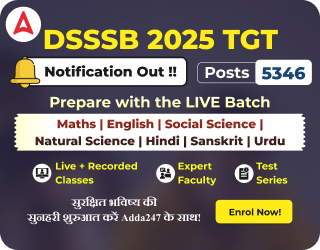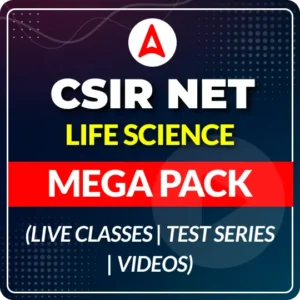Table of Contents
The CSIR NET Life Science 2025 exam tests your knowledge of biology – from tiny cells to big ecosystems. To prepare well, you need to know exactly what topics will be covered in the exam. Here, we’ll explain the complete CSIR NET Life Science syllabus in simple terms. We’ll list all the important topics you need to study, making it easier for you to plan your preparation. Whether you’re starting early or revising last minute, this guide will help you understand what to focus on for the December 2025 exam.
CSIR NET Life Science Syllabus
The CSIR NET Syllabus for the Life Science subject includes a comprehensive list of topics that are covered in the CSIR NET Exam. Key topics in the Life Science syllabus, such as Cell Organization, System Physiology of Plants and Animals, Applied Biology, and Ecological Principles, are outlined in this article. To enhance their chances of success, all candidates should be well-acquainted with the detailed Life Science syllabus for CSIR NET, which is provided here.
- Molecules and Their Interaction Relevant to Biology.
- Cellular Organization.
- Fundamental Processes.
- Cell Communication & Cell Signaling.
- Development Biology.
- System Physiology-Plant.
- System Physiology-Animal.
- Inheritance Biology.
- Diversity of Life Forms.
- Ecological Principles.
- Evolution & Behavior.
- Applied Biology.
- Methods in Biology.
CSIR NET Life Science Syllabus (Unit-wise)
The CSIR NET Life Science syllabus, issued by CSIR’s HRD Group and conducted by NTA, determines eligibility for Junior Research Fellowship (JRF) and Lectureship/Assistant Professor positions across India. Candidates must thoroughly study all units, as questions test both conceptual understanding and application-based knowledge.
CSIR NET Life Science Syllabus for General Aptitude
The CSIR NET syllabus of Part A of all five subjects is the same. CSIR NET Exam Part A contains questions related to General Science, Quantitative Reasoning, and Analysis and Research Aptitude.
- Numerical Ability- Number and Simplification; Average; Quadratic Equations; Sequence and Series; Surd and Indices; Logarithms; Percentage; Profit and Loss; Simple Interest & Compound Interest; Partnership; LCM and HCF; Probability; Mensuration.
- Reasoning- Series Formation; Ranking and Arrangement; Puzzles; Coding-Decoding; Distance and Directions; Calendar and Clock.
- Data Interpretation, and Graphical Analysis – Mean, Median & Mode; Measures of Dispersion; Graphical Analysis: Bar Graph, Line Graph; Pie-Chart; Tabulation.
CSIR NET Life Science Syllabus for Part B & Part C
The CSIR NET Life Sciences syllabus for Part B (Subject-Specific MCQs) and Part C (Advanced Application-Based Questions) covers 13 core units, testing candidates’ in-depth knowledge of biological concepts and their ability to apply them in research scenarios. Part B focuses on fundamental principles, while Part C evaluates analytical skills through complex problem-solving.
| Unit | Core Topics | Key Concepts |
|---|---|---|
| 1. Molecules & Interactions | Biomolecules, Enzymes, Metabolism | Protein/Nucleic Acid structure, Enzyme kinetics, Glycolysis, TCA cycle |
| 2. Cellular Organization | Membranes, Organelles, and Cell Cycle | Membrane transport, Mitochondria/Chloroplast function, Mitosis/Meiosis |
| 3. Fundamental Processes | DNA/RNA/Protein Synthesis | Replication, Transcription, Translation, Gene regulation |
| 4. Cell Signaling | Hormones, Immune System, Cancer | 2, MHC, Antibody diversity |
| 5. Developmental Biology | Embryogenesis, Plant/Animal Development | Stem cells, Morphogenesis, Apoptosis, Floral development |
| 6. Plant Physiology | Photosynthesis, Stress Response | C3/C4 pathways, Phytohormones, Water transport |
| 7. Animal Physiology | Nervous, Circulatory, and Endocrine Systems | ECG, Neurotransmission, Hormone action, Homeostasis |
| 8. Inheritance Biology | Mendelian Genetics, Human Disorders | Linkage mapping, Pedigree analysis, Chromosomal mutations |
| 9. Diversity of Life | Taxonomy, Conservation | Classification, Endangered species, Pathogens |
| 10. Ecology | Ecosystems, Biogeography | Biodiversity, Succession, Pollution, Climate change |
| 11. Evolution | Molecular Evolution, Speciation | Hardy-Weinberg, Phylogenetics, Sexual selection |
| 12. Applied Biology | Biotechnology, Genomics | GMOs, Vaccines, Gene therapy, Biosensors |
| 13. Methods in Biology | Lab Techniques, Biophysics | PCR, Microscopy, ELISA, NMR, Statistics |
CSIR NET Life Science Exam Pattern
The pattern for the Life Sciences Paper MCQ test is given below. The CSIR NET Syllabus 2025 & Exam Pattern is explained in detail for Life Sciences.
1. Paper Type: MCQ test paper
2. Total Marks: 200 marks.
3. Exam time: 3 hours.
4. The question paper shall be divided into three parts
5. Negative Marking – 25% for each wrong answer.
| Part | Detailed Syllabus | Total Questions | Required to Answer | Each Question Mark | Total Marks |
| Part A | General Science, Quantitative Reasoning & Analysis, and Research Aptitude | 20 | 15 | 2 | 30 |
| Part B | Subject Concerned | 50 | 35 | 2 | 70 |
| Part C | Based on scientific concepts and/or the application of scientific concepts. | 75 | 25 | 4 | 100 |
| Total | 75 | 200 | |||
CSIR NET Life Science Marking Scheme
In the CSIR NET Life Sciences paper, candidates need to attempt a total of 75 MCQs combinedly from Parts A, B, and C. Each question in Parts A and B carries two marks, and each question in Part C carries four marks. There is a negative marking of 25 percent in Parts A, B, and C for each incorrect answer.
| Subject | Total Weightage | Negative Marking | Marking Scheme |
| CSIR NET Life Science | 200 | Part A:- -0.5 | Part A: +2 |
| Part B: -0.5 | Part B: +2 | ||
| Part C: -1 | Part C: +4 |
CSIR NET Syllabus Life Science PDF
The candidate may download the CSIR NET Life Science Syllabus PDF from the article below. Just go through the detailed syllabus provided below by downloading the CSIR NET Life Science Syllabus PDF. The complete knowledge of the Life Science syllabus will assist the candidate in formulating an effective study plan and vision to attempt the exam.

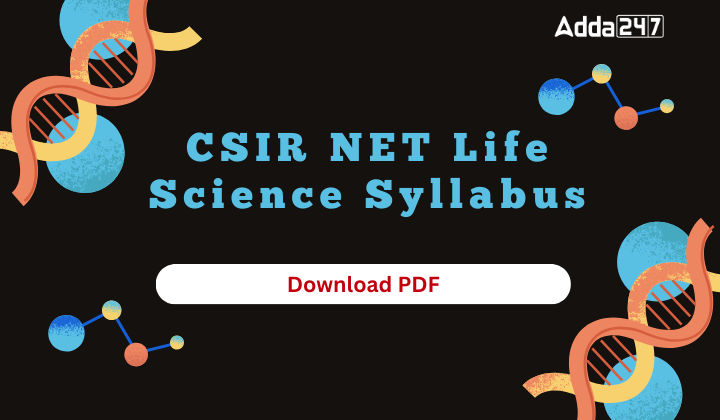
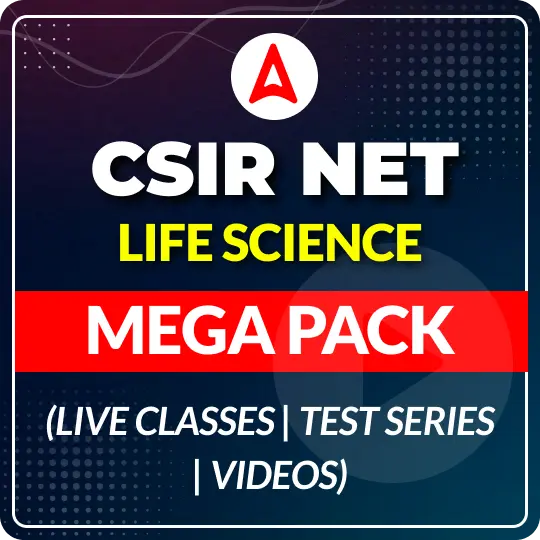

 KVS Syllabus 2025 For PRT, TGT, PGT and ...
KVS Syllabus 2025 For PRT, TGT, PGT and ...
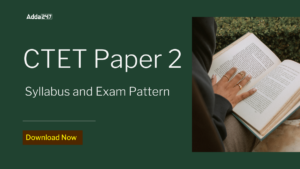 CTET Paper 2 Syllabus and Exam Pattern 2...
CTET Paper 2 Syllabus and Exam Pattern 2...
 OSSTET Syllabus 2026, Check Exam Pattern...
OSSTET Syllabus 2026, Check Exam Pattern...



